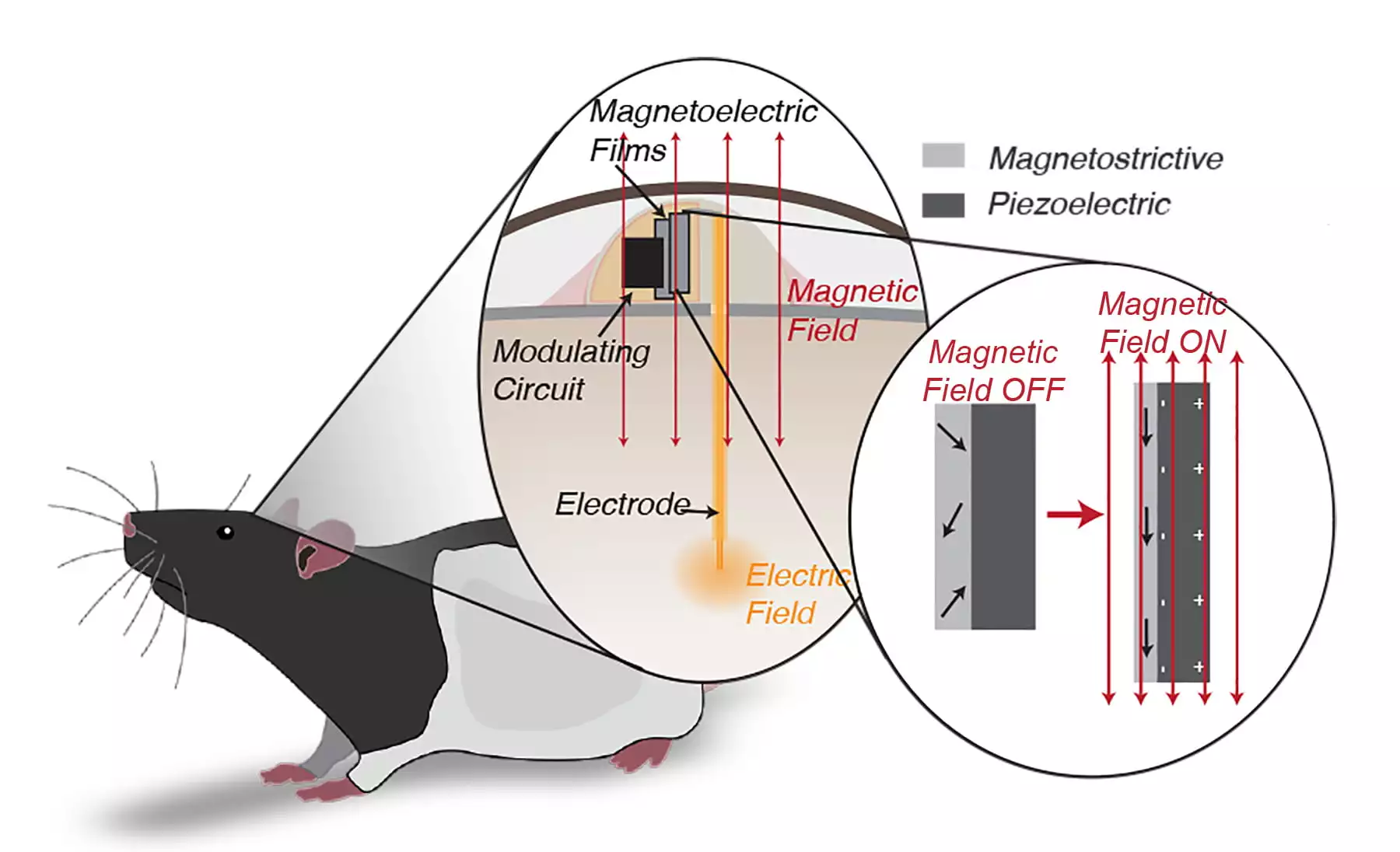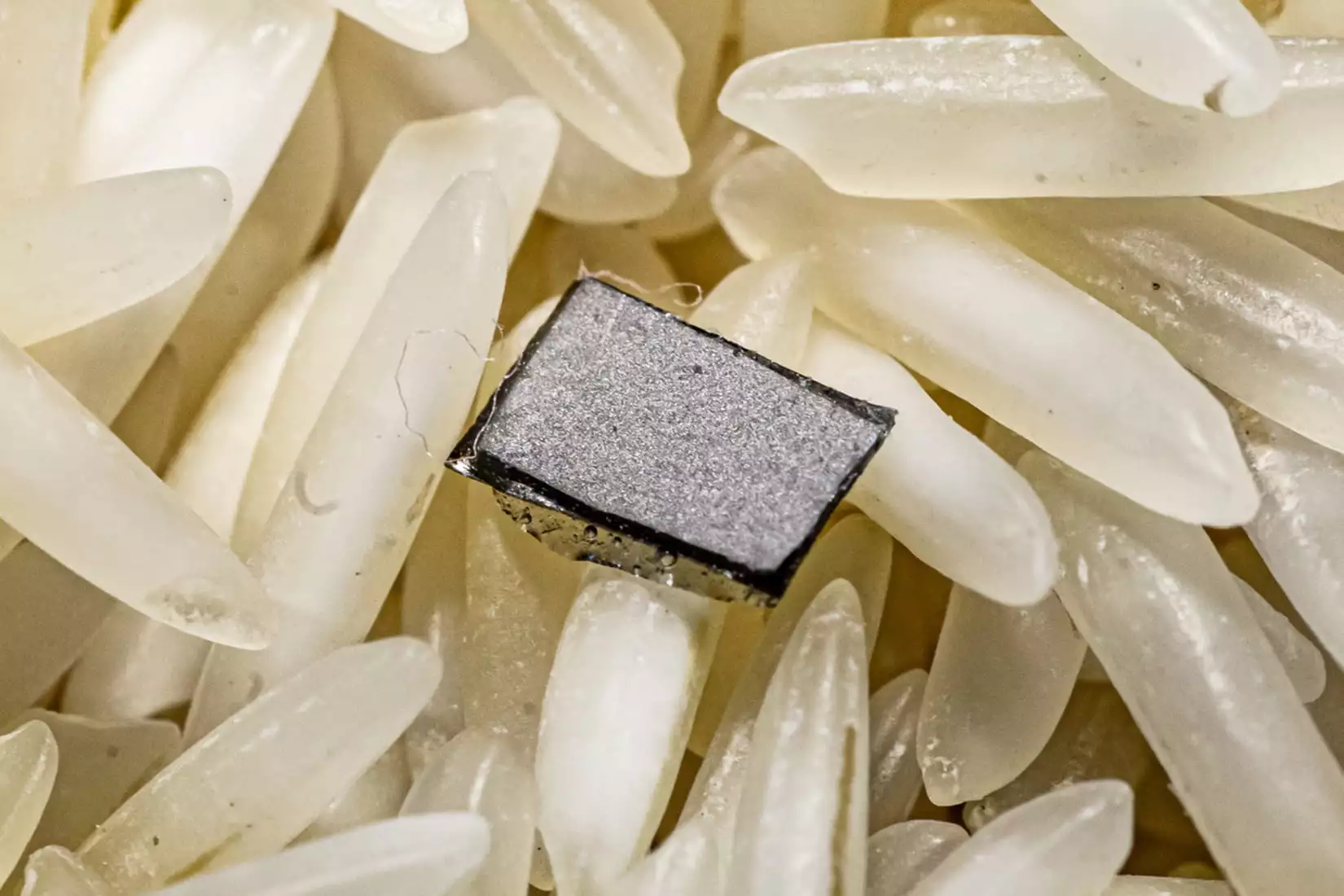When it comes to the treatment of certain neurological conditions, doctors are increasingly looking to battery-powered implants that stimulate parts of the brain. Now, however, scientists have developed one that's externally powered by magnetic fields.
Ordinarily, for conditions such as epilepsy or Parkinson's disease, neuron-stimulating electrodes may be surgically inserted into the brain. Those electrodes are hard-wired to a separate battery-powered pacemaker-like device, that's implanted under the skin elsewhere in the body. Although the battery may be rechargeable, it will still eventually wear out and need to be surgically replaced.
As an alternative, researchers have investigated methods of wirelessly powering up brain implants, only when they're needed. And while power sources such as ultrasound, radio waves and light have been suggested, scientists at Houston, Texas-based Rice University state that all of these are either subject to interference with biological tissue, or they produce harmful amounts of heat.
Led by graduate student Amanda Singer, they have instead developed a magnetically-powered neural stimulator. It takes the form of a thin rectangular film – about the size of a grain of rice – and consists of two layers of material.
The first of these layers is a magnetorestrictive foil made of iron, boron, silicon and carbon. When subjected to a magnetic field, it vibrates at a molecular level. The second layer is a piezoelectric crystal, which converts the vibrations from the foil into electric voltage. An integrated circuit then modulates that voltage, lowering its frequency to the point that neurons will respond to it.

In lab tests, rats received one of the implants beneath the skin on their head – that implant was in turn connected to an electrode that extended into the reward center of their brain. Free to move around their enclosures, the rodents showed a preference for being in areas where a magnetic field activated the device.
"Our results suggest that using magnetoelectric materials for wireless power delivery is more than a novel idea," says Jacob Robinson, corresponding author of a paper on the research. "These materials are excellent candidates for clinical-grade, wireless bioelectronics."
The paper was recently published in the journal Neuron.
Source: Rice University





